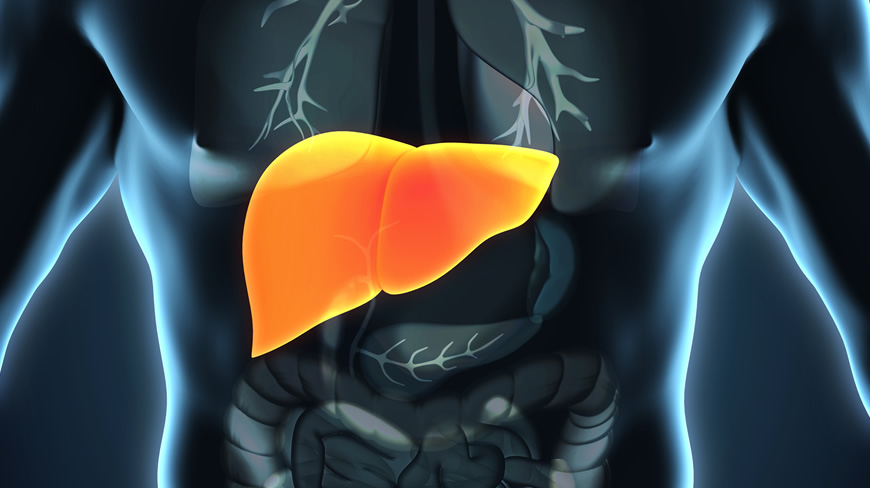To know the effects that a diet has on fatty liver, it is necessary to know what fatty liver is and how food can help prevent complications.
Table of Contents
What is the fatty liver?
The so-called fatty liver is the excessive accumulation of fatty acids and cholesterol in the liver tissue. It can be caused by the constant consumption of alcohol, before the appearance of liver cirrhosis.
However, there is another form of non-alcoholic fatty liver or fatty liver disease, which we will discuss in this article.
The fatty liver nonalcoholic origin is related to excessive fat intake, particularly fat “trans” and polyunsaturated addition to hormonal stimuli and altered tolerance to sugars, including metabolic disorders.
Measures to improve fatty liver.
- The main measure is to lose weight, it is estimated that a decrease between 5 and 10% of total body weight, generates by itself, a noticeable improvement in fatty liver.
- Also, physical exercise is one of the main measures to take.
- Weight loss through low calorie diets.
Fatty liver diet.
There are several considerations other than lowering calories that should be taken in the diet for fatty liver.
Carbohydrate restriction.
Several studies have revealed that carbohydrate restriction improves insulin levels, lowers triglycerides and the level of glucose or sugar in the blood, increasing the so-called good cholesterol or HDL.
Consume more fiber.
Diets rich in fiber have been shown to have beneficial metabolic effects, such as an increase in the feeling of satiety, a reduction in the absorption of carbohydrates, anti-inflammatory effects, an improvement in the level of glucose or sugar in the blood, and an improvement in the microbiota or previously known intestinal flora.
Fats.
The increase in fats in the diet is related to high levels of insulin, alterations in the metabolism of lipids in the blood and in the progression of fatty liver.
The impact of dietary fatty acids on fatty liver has been amply demonstrated. You have to distinguish between different types of fatty acids.
Monounsaturated fatty acids:
They have positive effects on the body. They are associated with an improvement in blood glucose control, an increase in good cholesterol (HDL) and a decrease in triglycerides. Among the food’s rich in this beneficial type of fatty acid we have:
- Olive oil.
- Avocados.
- Olives.
- Almonds.
Fatty acids called polyunsaturated.
There are other types of fatty acids called polyunsaturated, which are essential, and must be included in the diet, because the body does not produce them. Basically, they are omega 3 and 6, which are obtained in fish, vegetable oils from soybeans and sunflower seeds.
Saturated fats.
Finally, we have saturated fats and “trans” fats that are associated with insulin resistance in the tissues, a decrease in good cholesterol (HDL) and an elevation in the blood of bad cholesterol (LDL) levels.
The fatty liver diet must necessarily restrict the group of foods rich in these components:
Trans fat:
- Frozen foods, pizzas, frozen yogurt.
- Industrially packaged food products.
- Fried products.
- Bagged or canned foods like French fries.
- Cookies with cream fillings.
- Cakes.
- Fast food.
- Non-dairy cream substitutes.
Saturated fat:
- Coconut oil.
- Milk and its derivatives.
- Butter and margarines.
- Red meat: beef and pork.
- White meat: chicken.
Foods rich in cholesterol are associated with fatty liver, so we should avoid red meat, fatty sausages, aged cheeses, mayonnaise and butters as foods rich in cholesterol.
Other measures that should be applied in the diet:
- The consumption of carbonated and sugary drinks should be reduced.
- Avoid packaged juices that are often high in fructose.
- It is advisable to include supplements of vitamin E and D.
As you can see, the diet for fatty liver requires a lot of attention, in addition to modifying lifestyle habits and body weight, since at the moment, no effective medication has been developed to improve this disease.

